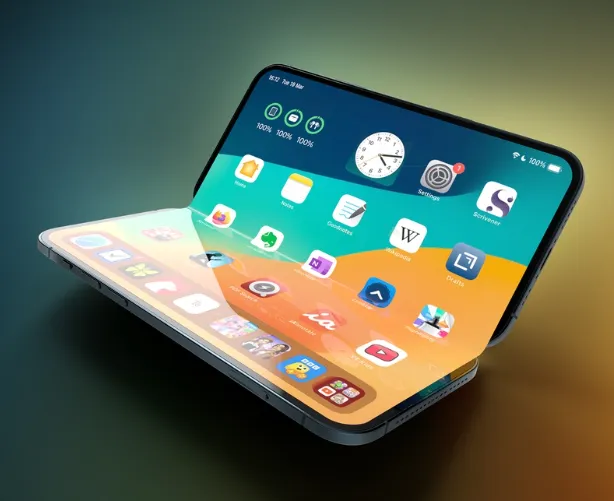Apple appears to be preparing for one of its boldest product shifts yet, with reports pointing to a foldable iPhone arriving in 2026. According to well-known analyst Ming-Chi Kuo, the device will use ultra-thin glass, a fragile but advanced material designed to withstand repeated folding. The panels are said to come from a partnership between Corning and General Interface Solution, highlighting the complexity of the project.
A Foldable Future for iPhone
Apple has reportedly raised its shipment targets, suggesting strong confidence in the product’s market potential. Early projections estimate between 8 and 10 million units in its launch year, with demand possibly doubling to as much as 25 million by 2027. This marks a significant step into the foldable segment, an area where Apple has so far lagged behind competitors like Samsung.
iPad Fold Still in Development
While the foldable iPhone is expected first, Apple is also rumored to be working on a foldable iPad. Industry speculation places its debut around 2028, though some analysts suggest it could arrive a year earlier. Either way, shipments are likely to be limited at first, with estimates ranging from half a million to a million units in its initial release window.
Vision Air: A Lighter, Cheaper Headset
Alongside its foldable ambitions, Apple is also said to be developing a more affordable version of its Vision Pro headset. Known as Vision Air, this model could arrive in 2027, offering a device that’s more than 40% lighter and priced at less than half the cost of the current Pro. The lighter frame and lower price point are aimed at broadening appeal, moving the product beyond early adopters and into the mainstream. Reports also suggest that GIS will supply the pancake lenses, with shipments projected at around one million units in the first year—far higher than Vision Pro’s initial figures.
Apple’s Broader Roadmap
The rumored release schedule reflects Apple’s strategy to diversify its hardware ecosystem. By entering the foldable smartphone market and making mixed-reality technology more accessible, Apple is positioning itself to appeal to both premium users and a wider consumer base. While exact timelines could shift, the direction is clear: Apple wants to redefine the future of mobile devices and immersive experiences.
